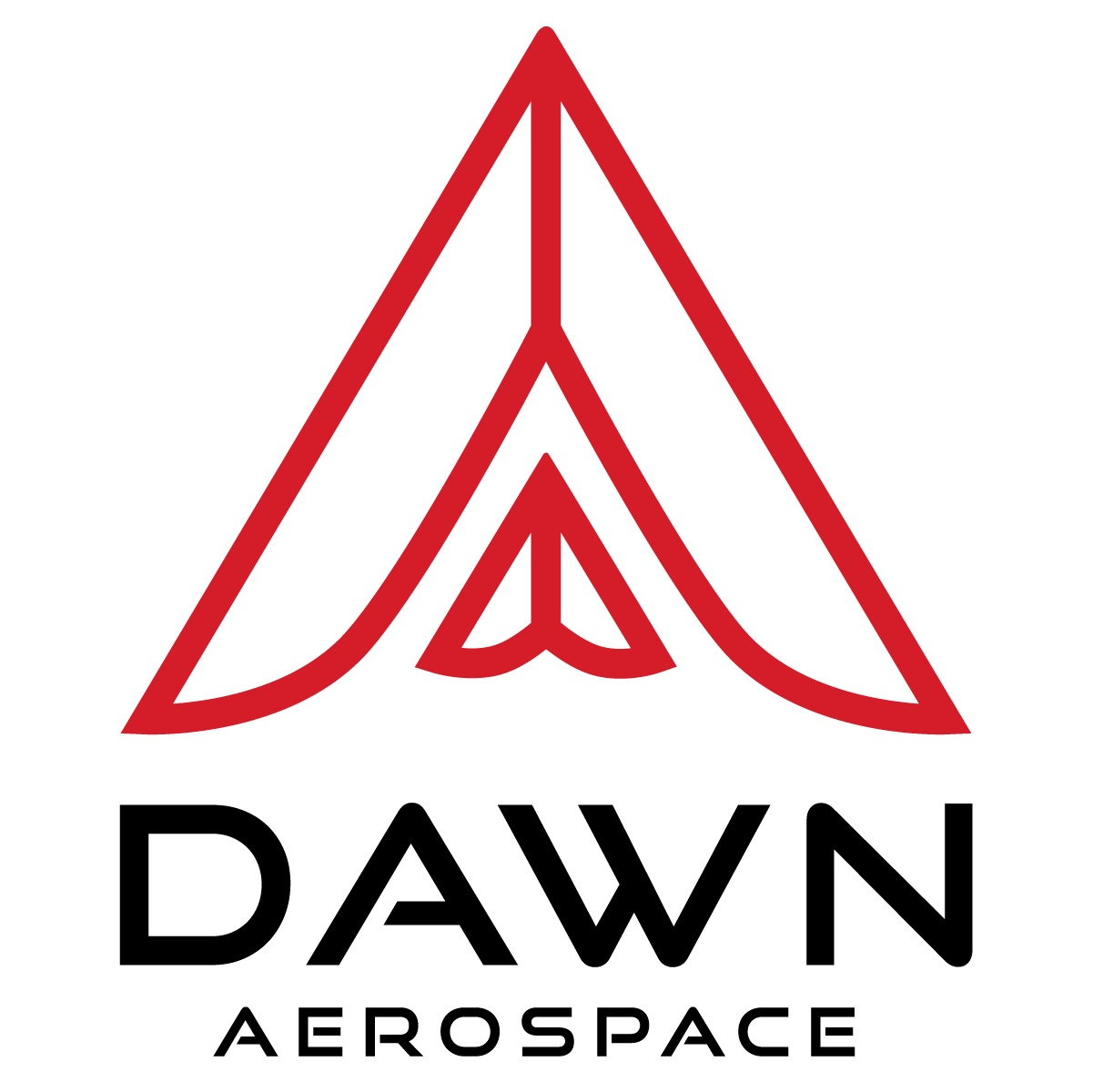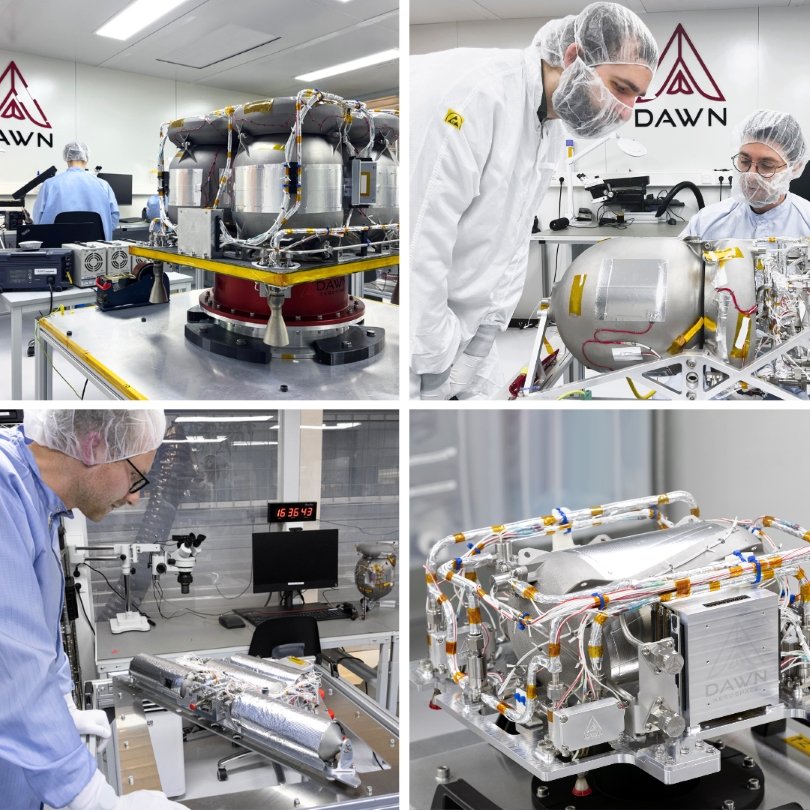SatDrive - Satellite propulsion for the unforeseeable future
Stefan Powell, Cofounder and CEO.
Bespoke space hardware is hard, but doable. We all know that.
Elon Musk and Peter Beck have both mentioned how hard it is to go from first unit to serial production. My scars have still not healed from the same lessons I am sure they learned years ago.
Satellite propulsion adds a level of complexity in that customer needs vary extremely, forcing us to design and produce many different systems in parallel. There are dozens of "dimensions" of possible variation - different thrust levels, locations and angles of thrusters, total impulse, levels of radiation tolerance and redundancy, other components to work around, etc. Just to pick on one: total impulse variation from Dawn customers spans a factor of 2000x. That’s the difference between a scooter and a rail freight car! It's clear a COTS approach would result in an unreasonable number of system variants. We must design custom systems to customer requirements, as they arise. Most other satellite components are COTS, so the propulsion system design will almost always be on our customer's critical path, thus every month saved in design is a month saved for the customer - time is money! And if we want to have a significant impact on how we all use space, we must do it for multiple customers at once!
It is still early days, but we are doing it!
Dawn has over a dozen SatDrive customers with ongoing projects. Over the last four months, we have delivered SatDrive systems for five separate customers for earth observation constellations (3), communications satellites and asteroid exploration. They all look widely different (see pics!), but all share the same core tech. What’s more, we are rapidly ramping up to a production rate of 1 system per week across all customers in Q1 this year, including 6 thrusters per week. As far as I know, that is world-leading for in-space chemical propulsion systems. (Please prove me wrong!)
So how do we serve so many customers with such widely varying requirements AND produce at scale? Here are a few of the secrets to our formula with SatDrive.
It all starts with the fundamental technology. We chose self-pressurizing propellants, nitrous oxide, and propylene, because they are about the simplest propellants imaginable. So simple, that key components, such as tanks and feed-systems, can be designed, built and qualified with high certainty, within months, and at low cost. Any theoretical compromise on performance due to lower propellant density or lower Isp is usually made up for in the higher packing density and omission on dozens of heavy parts like pressurant tanks and regulators.
SatDrive is not one product, it’s a process that can ingest customer requirements, and spit out a custom system with industry-leading time and cost – in some cases, as fast as 9 months! To that end, we work as much on our key workflows as on the core technology itself. While it’s always nice to improve the performance of a thruster or make a lighter tank, what many customers care about is your ability to hit challenging deadlines and stick to the promises you made at contract signing!
Real production knowledge: Space has historically been a low-volume, highly bespoke industry. Note the recent exceptions of OneWeb, Starlink, and a few other pioneers. As a consequence, few of us, myself included, know what scale manufacturing (>1000s) should be like in a space context. Do I need to test every component? On every performance metric? How can I get confidence that the product comes off the line perfectly every time without doing these tests at every stage of the line? Other industries such as medical and automotive manufacturing, with far higher volumes and far lower tolerance to failure, have answered these questions decades ago. Mixing these skills into the workforce is a must if we want to break away from bespoke, one-off, manufacturing and unlock economies of scale aerospace has always struggled to harness.
Dawn still has a long way to go and much to learn, but I am proud to say we are making progress every week towards scale manufacturing. After all, if we want to have a real impact on how we all move around in space, we are going to have to make propulsion that every satellite can use, and lots of it!
SatDrives: TL: AstroForge (asteroid mining), TR: BRIN (Tsunami early warning),
BL: un-named (communications), BR: Multiple customers (EO)

